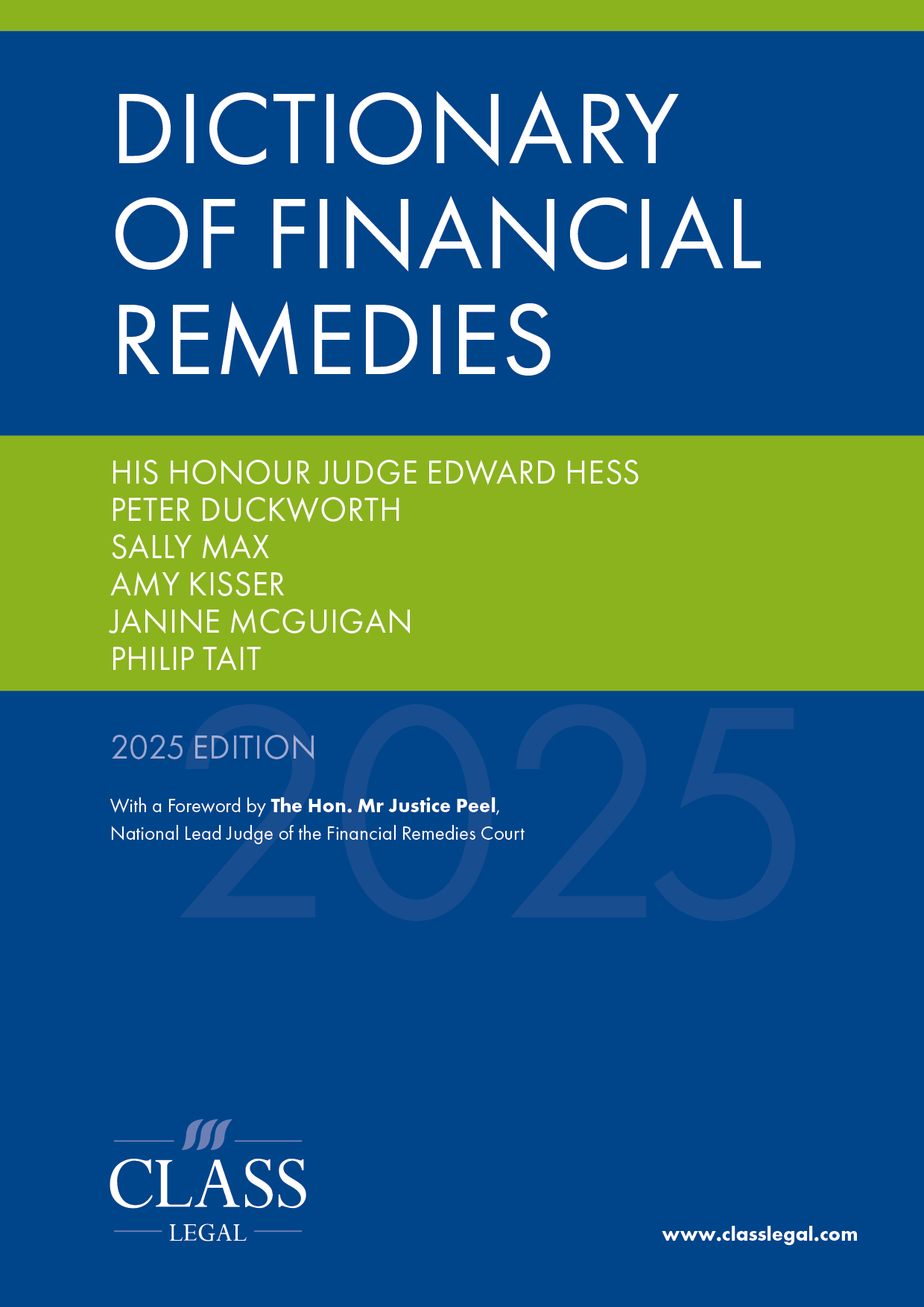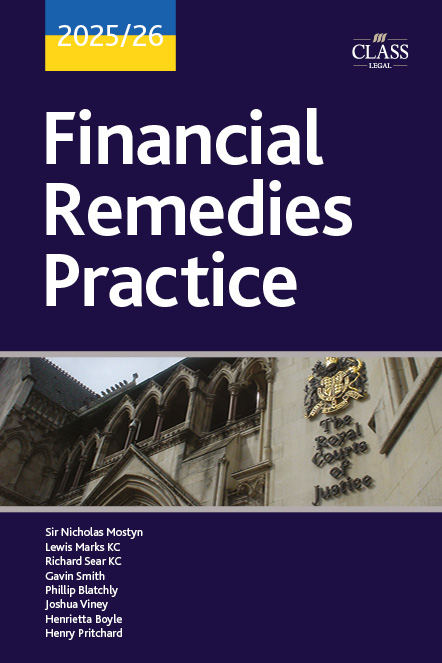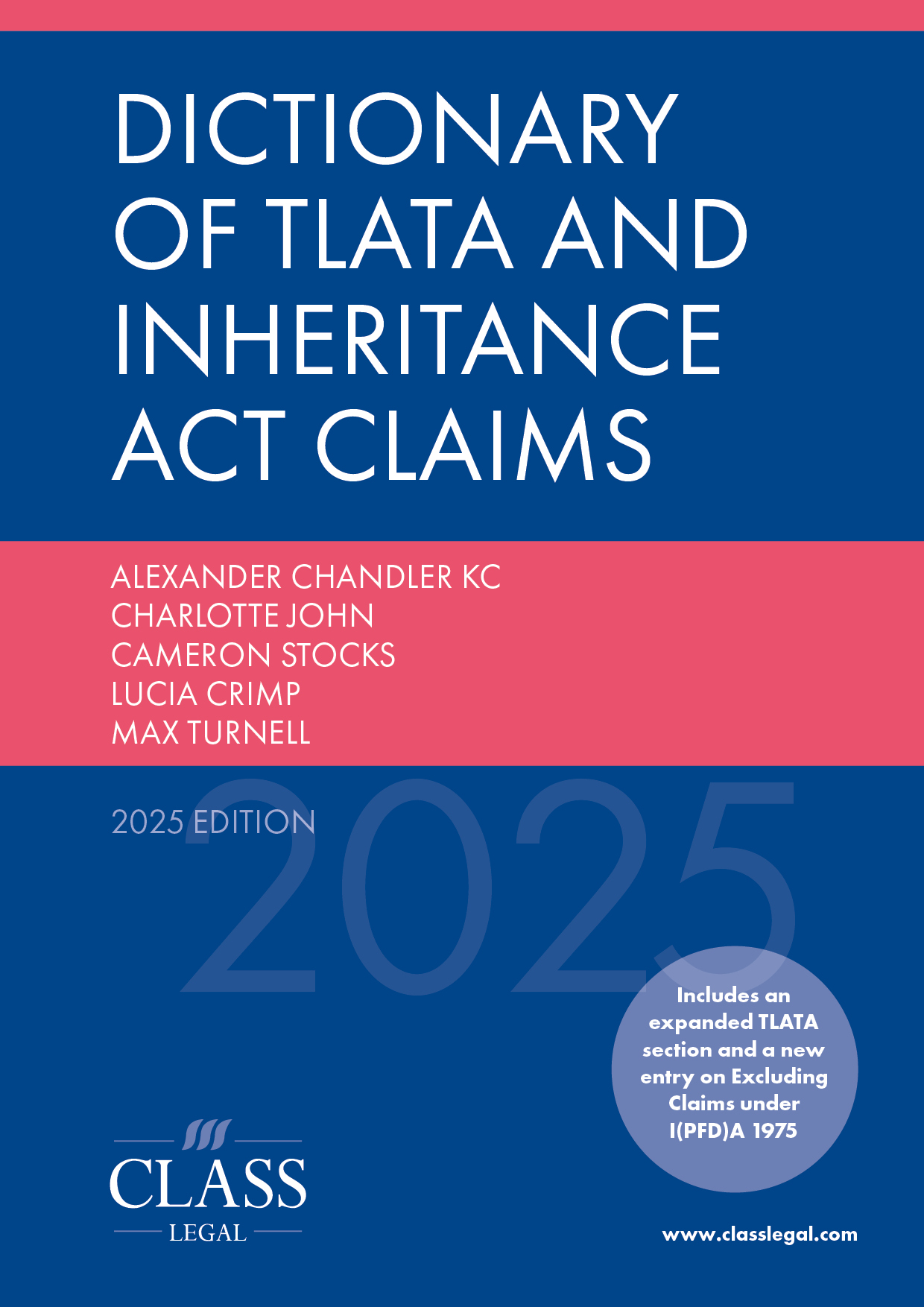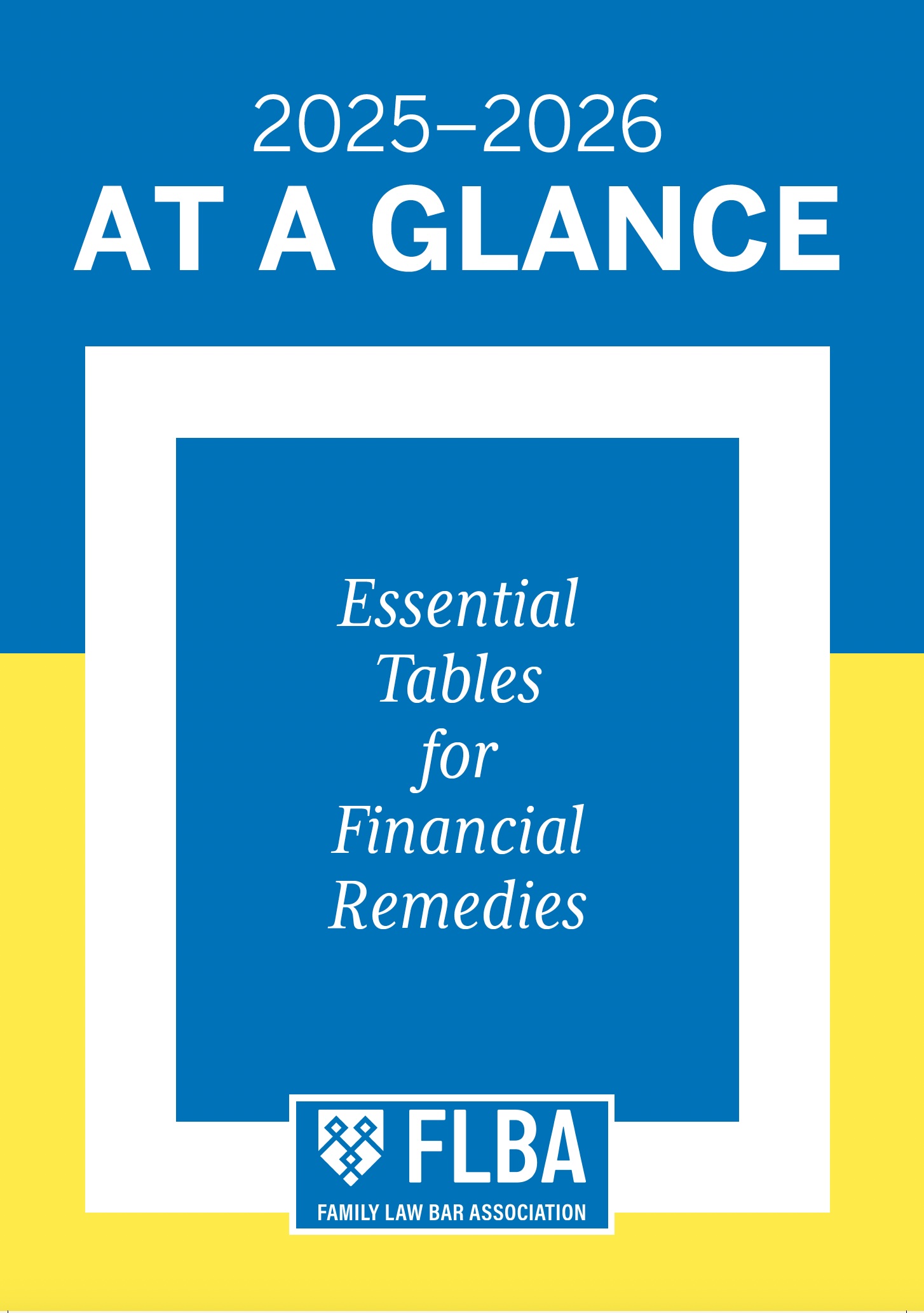
Standish – Reporting Remotely from the Front Line
Published: 02/05/2025 11:11

On Wednesday 30 April 2025 I was sat at home in London, feeling somewhat retired but eager to know what the Supreme Court has to say about matrimonialisation of property and the sharing principle. So too were Mr and Mrs Standish.
The High Court decision – ARQ v YAQ [2022] EWFC 128
Where did the parallels between our lives begin and end? I read the High Court decision to find out.
H (then 69) and W (then 54) became engaged in 2003, cohabited from 2004, later married and then separated in 2020. Moor J described this as neither a short nor a long marriage. Both had had previous marriages and adult children from those marriages; they went on to have two teenage children together. The parties had an international and luxurious life.
H had become fabulously wealthy following a very successful business career. The vast majority, but not all, of this wealth was generated before the parties’ relationship. W’s financial contribution was small comparatively speaking.
The assets were, broadly speaking, the FMH, a sheep farm business and very valuable investments. For tax planning reasons H transferred legal ownership of c.£77m of investment assets and shares in the farm to W in 2017 to benefit from her non-dom status. It was the intention that W would then transfer ownership into discretionary Jersey trusts though these trusts were never in fact established. By the time of the proceedings therefore the vast majority of the assets were legally owned by W.
Moor J was very sceptical about the merits and effectiveness of H’s purported tax planning, describing it as ‘a monumental folly’. H must have been giving up his interest in the investment assets. It became matrimonial property. However, matrimonial property is not automatically shared equally.
The total assets were c.£133m and the matrimonial assets were valued at c.£123m, being a mixture of standard matrimonial acquest and property matrimonialised through the tax planning scheme. To reflect that a significant, but unquantified, proportion of the matrimonial assets ultimately came from H, Moor J divided the matrimonial assets 40% to W and 60% to H in a broadbrush manner. W in real terms should receive £45m.
Moor J ends his judgment by thanking counsel and saying, “Nothing more could have been said or done on behalf of either spouse.” Counsel did not agree.
The Court of Appeal decision – Standish v Standish [2024] EWCA Civ 567
Both parties appealed.
W argued that legal title was determinative; this would provide litigants with certainty as to how the (equal) sharing principle would be applied and would respect parties’ autonomy. In other words, the 2017 transfer had made those assets W’s non-matrimonial property, although she conceded to sharing them.
H argued that the source was the critical factor; designation of property as matrimonial or not was a step on the path to applying the (unequal) sharing principle with the ultimate objective of fairness. The assets transferred in 2017 were not matrimonial and W receiving 40% of them was too much.
The Court of Appeal emphatically agreed with H. The ultimate aim is overall fairness. It may not always be possible to identify clearly what is and is not matrimonial property, though it is the source rather than the legal title which is the critical factor. The concept of matrimonialisation should be applied narrowly: (1) where enquiry would be disproportionate; (2) mingling; (3) the FMH. In the case of (1) the sharing principle means equal sharing. In the case of (3) there will usually, but not always, be equal sharing. In the case of (2) the approach is more nuanced and the question is does fairness justify that an asset is subject to the sharing principle and in what shares?
The 2017 transfer for tax purposes did not make the assets W’s assets or matrimonialise them. The source remained H and they remained non-matrimonial property untouched by the sharing principle. The matrimonial assets were c.£50m and W should receive £25m. The matter should be remitted to Moor J to decide if £25m met W’s needs.
The Supreme Court
I have a rule: no TV during the daytime. But the Supreme Court live stream, on a pure technicality, is an exception. So, I tuned in for the final instalment of this trilogy. A panel of well-known faces, guest appearances from stars of the bar and lively topical debate? Loose Women could not hold a light.
Within 10 minutes the Law Commission’s recent scoping report on financial remedies got its first mention and was commended for its useful summary of the law. The broader point from W’s team was that the field of financial remedies is generally subject to quite a bit of criticism and is in need of reform not least to provide litigants with certainty. In other words, My Lords and My Lady, don’t hold back in making a bold decision (so long as it is in my client’s favour). And don’t bother waiting for Parliament to step in either.
That said, it appears that a bold conclusion is not necessarily what W now seeks. W’s position is no longer that the 2017 transfer made the assets hers, simply that it matrimonialised the assets and made them subject to equal sharing. W sought half the larger matrimonial pot or at least the £45m awarded by Moor J. Consequently, W’s submissions contained very little mention of legal title and its relevance. This may strike many practitioners as a much easier argument to run.
The panel took a little time to warm up with the questioning. After 15 minutes the first one came. We started off nice and easy with whether the sharing principle applies only to matrimonial property? Answer: in theory it can apply to all property according to some dicta but we’ve never found an example!
Lord Stephens came in with the first hard ball: was the 2017 transfer really for the benefit of the family or actually for the benefit of the children in avoiding IHT? Where is the evidence that it was for the benefit of the family as a whole? W’s leading counsel, Lord Faulks KC, was able to reply that the evidence was indeed found in H’s own case. H’s own statement stated that he wanted the family, including himself potentially, to benefit from the 2017 transfer. That seemed like a pretty conclusive response but Lord Stephens, Lord Burrows and Lord Reed took up the point again later on.
Lord Reed asked, glancing to H’s side of the courtroom, is the truth that H cannot be heard to say what his real intention was? Lord Reed was pointing to the elephant in the room: H had to ‘gift’ the 2017 assets outright to W so that he could get a tax saving with HMRC and now it transpires divorce is a fate worse than death and taxes because H needs to argue that the gift was not nearly so gifty? This reads as a very strong point for W – it may well transpire to be – but the tone of the questioning did not give that impression. I wondered amongst all the legalese in the air whether we might want to add ‘estoppel’ and ‘public policy’ to the list.
It was shortly after lunchtime that H’s submissions began. H’s team took a similar tack in turning W’s case against her: W in the High Court and in the Court of Appeal argued that the 2017 assets were hers and not matrimonialised but now argues that they were matrimonialised. The cheek. It was a fair point to be honest.
H’s case remained unchanged. Tim Bishop KC asked, what is the justification for the sharing principle? Sharing, he submitted, derives from the legislative requirement to consider the contributions of the parties (s 25(2)(f) of the MCA 1973). Countless cases made abundantly clear that the fairness required that the fruits of the partnership were matrimonial property and only these are to be shared. The source of the assets is therefore a critical factor to the factual question of whether they resulted from matrimonial endeavour or unilaterally from one party.
H argued that mingling should be narrowly construed. Gifting assets to one’s spouse was not a recognised category in the case law: W was asking for an extension of the law he said. If there is to be mingling then the mingler must expressly or implicitly accept that the consequence of the mingling would be to share the asset in the event of a divorce. It would have to be a situation akin to agreeing a nuptial agreement with an awareness of the consequences. How realistic was that asked Lord Burrows and Lord Stephens. There was much talk of putting £1m into a joint bank account. I asked whether these submissions would be sustained if money was replaced by, say, a classic car or a Picasso? Unfortunately, viewers were not encouraged to call in.
Lady Simler, continuing on from her interventions in the morning, appeared very much on board with the notion that putting assets in the joint or sole name of one’s spouse might indicate a sharing of those assets. At the end of day one I, clutching the pearls I received one Christmas, was rather in agreement.
Day two I tuned in mid W’s reply. The questions were flowing. Lady Simler said, ‘I don’t quite understand what you’re inviting us to do.’ Perhaps she was not with W’s case after all!
Submissions were done before noon. Judgment is awaited.








